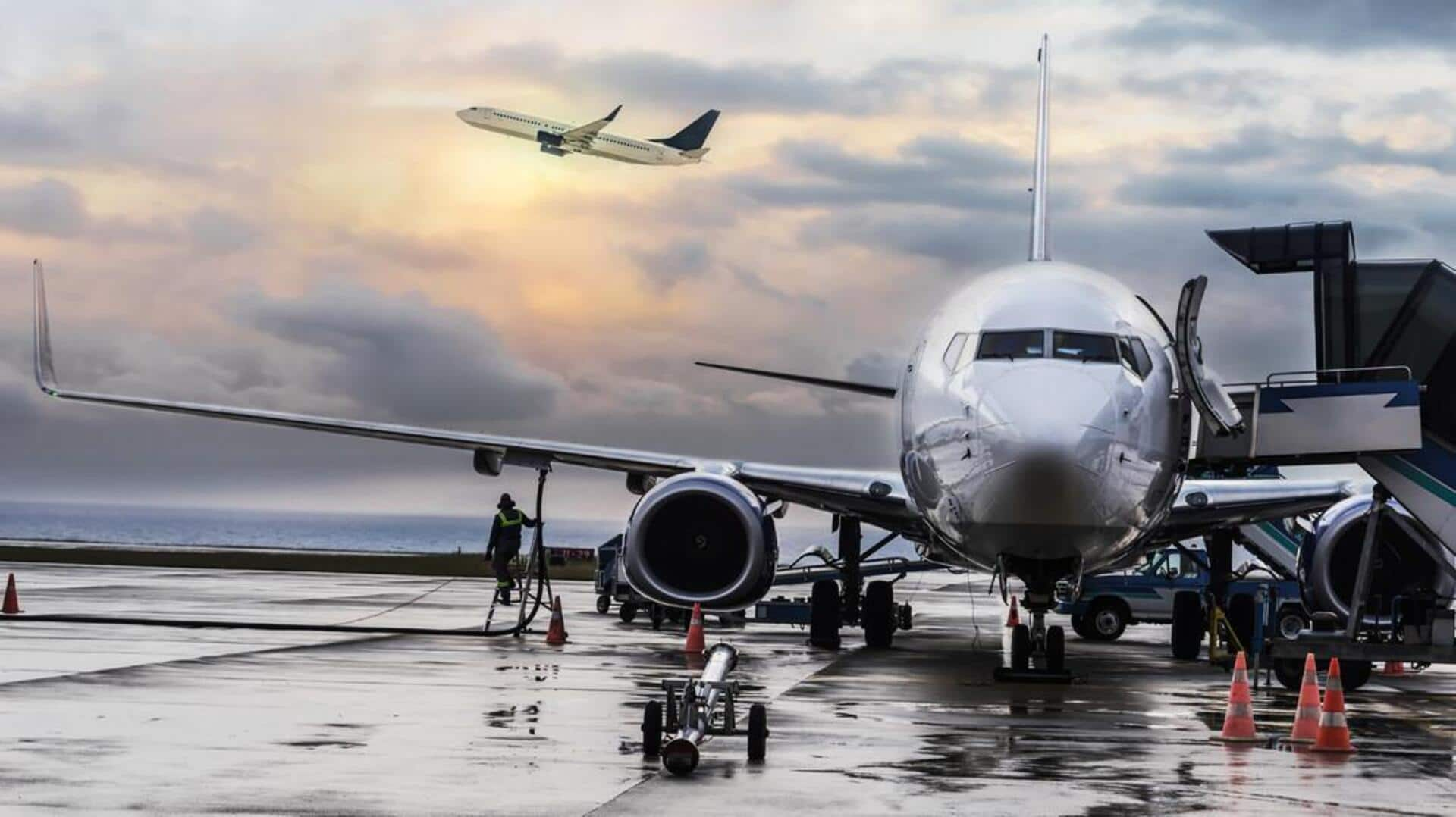
DGCA seeks funding to make domestic air travel world class
What's the story
India's Directorate General of Civil Aviation (DGCA) is pushing for financial and staffing autonomy on par with its European, UK, and US counterparts, according to Bloomberg. The move comes as part of an effort to enhance oversight and keep up with the demands of a rapidly growing air travel sector. The DGCA wants the power to hire independently and offer competitive salaries to draw qualified professionals.
Safety concerns
Need for oversight in growing aviation market
The DGCA's push for autonomy highlights its belief that it needs to strengthen its oversight of the world's third-largest domestic aviation market. Any capacity constraints at the DGCA could raise questions about its ability to ensure safety, a concern that was heightened by a recent Air India crash. The Indian regulator currently operates with limited manpower and funding, far less than what global peers receive.
Resource disparity
Staffing and budgetary disparities
As of July, the DGCA had filled only 553 out of 1,063 technical posts and employed 4,295 air traffic controllers. In stark contrast, the US Federal Aviation Administration (FAA) has a whopping 46,170 employees, including 14,000 controllers and 7,000 safety inspectors. For the fiscal year ending March 31, the DGCA was allocated just $38 million against the FAA's $23.1 billion budget for fiscal year 2024.
Budget comparison
Funding gaps highlighted
The funding disparity between the DGCA and its global peers is stark. The European Union Aviation Safety Agency (EASA) received an allocation eight times that of India's in 2024. Meanwhile, in 2023, the UK's Civil Aviation Authority received nearly six times what the DGCA currently receives. This further highlights the need for the Indian regulator to seek more autonomy and funding to match its global counterparts.
Training challenges
Lack of training modules and inspector deployment issues
The Indian aviation regulator also lacks a formal training module. Funding constraints have hampered efforts to develop specialized programs with domestic and international institutions. This has made it difficult to deploy qualified inspectors across the country, especially for certain aircraft types in areas without trained personnel. The growing workload from over 1,300 plane orders by Indian carriers further stresses the need for enhanced resources at DGCA.